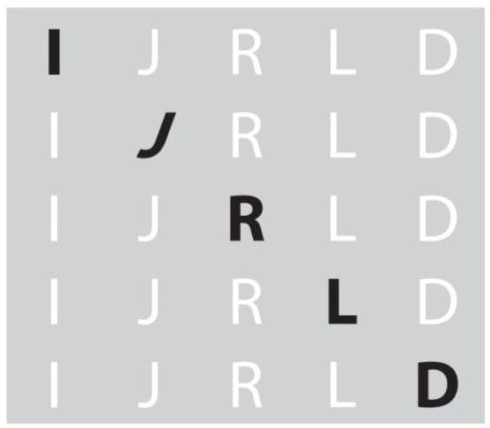Manipulating Graph Elements to Assess Preservice Special Educators’ Evaluation of Progress Monitoring Data
Keywords:
Curriculum-based measurement, effective practice, teacher preparation, data lit- eracy, progress monitoring, graph manipulation, preservice teachersAbstract
Enhancing special educators’ data literacy is critical to informing instructional decision-making, especially for students with learning disabilities. One tool special educators commonly use is curriculum-based measurement (CBM). These data are displayed on time-series graphs, and student responsiveness is evaluated. Graph construction varies and may impact teacher interpretation. This experiment focused on isolating two graphical elements, (a) the presence of an aimline and (b) data points per x- to y-axis ratio (DPPXYR), to determine if they served as analysis-altering elements. Participants, 31 preservice special educators enrolled in two Assessment in Special Education courses, evaluated 48 CBM graphs representing eight data sets with six manipulations. The presence of an aimline significantly increased accuracy in evaluating progress monitoring data, whereas the DPPXYR did not impact decisions. The study outlines the importance of incorporating aimlines into CBM graphs to improve special educators’ data literacy, thus enhancing instructional decision-making and the learning outcomes of students with learning disabilities. Further discussion will explore detailed implications for CBM graph construction and use in the classroom.
Downloads
Published
Issue
Section
License

This work is licensed under a Creative Commons Attribution-NonCommercial-NoDerivatives 4.0 International License.
You are free to:
Share — copy and redistribute the material in any medium or format
Adapt — remix, transform, and build upon the material
for any purpose, even commercially.
This license is acceptable for Free Cultural Works.
The licensor cannot revoke these freedoms as long as you follow the license terms.
Under the following terms:
Attribution — You must give appropriate credit, provide a link to the license, and indicate if changes were made. You may do so in any reasonable manner, but not in any way that suggests the licensor endorses you or your use.
No additional restrictions — You may not apply legal terms or technological measures that legally restrict others from doing anything the license permits.
Notices:
You do not have to comply with the license for elements of the material in the public domain or where your use is permitted by an applicable exception or limitation.
No warranties are given. The license may not give you all of the permissions necessary for your intended use. For example, other rights such as publicity, privacy, or moral rights may limit how you use the material.
